Worthington’s Behavioral Fish Guidance Systems
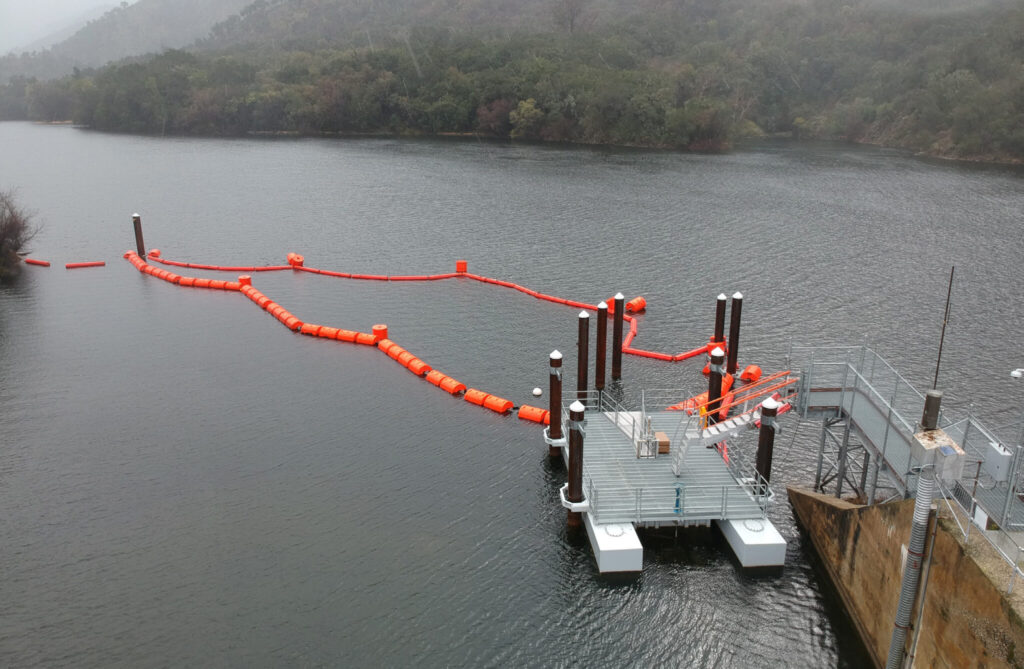
Worthington Products is well known as a multidisciplinary designer, manufacturer, and installer of waterway barrier systems made from steel, high-density polyethylene (HDPE), or molded plastic. These barriers keep floating debris away from dams, reservoirs, canals, and other structures. Fewer people may know, however, that Worthington also builds custom fish barrier systems to keep fish out […]
The Montana Congressional Delegation’s Work in Support of Legislation to Rescue Sidney and Kinsey Irrigators
On October 30, 2020, President Trump signed Public Law 116-191, which allowed two small Montana irrigation water entities, the Kinsey Irrigation Company (KIC) of Custer County and the Sidney Water Users Irrigation District (SWUID) of Richland County, to continue using affordable project use power generated by the Pick-Sloan Missouri Basin Program. This legislation, without which […]
Volume 12 Issue 2 February
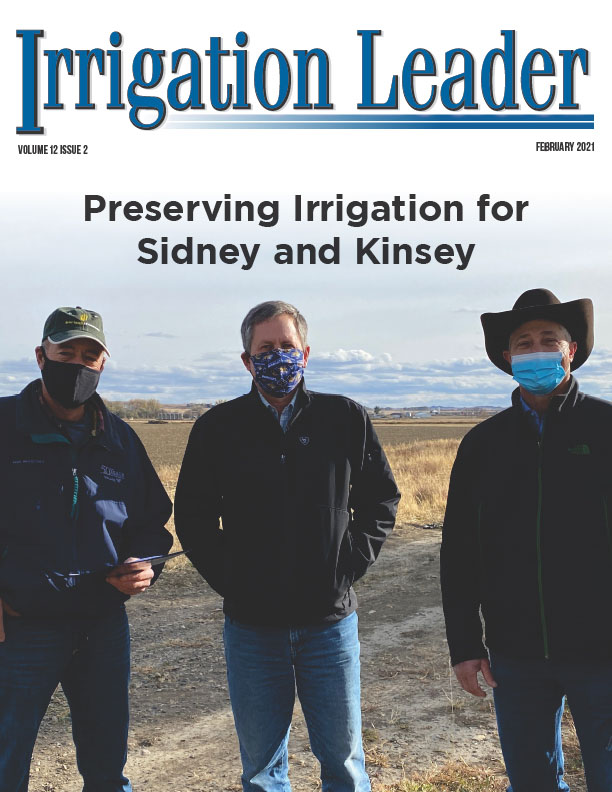
Celebrating the Drop 5 Ribbon Cutting In 2017, after 75 years of receiving affordable project use power (PUP) from the Pick-Sloan Missouri Basin Program, the Kinsey Irrigation Company (KIC) and the Sidney Water Users Irrigation District (SWUID) of southeastern Montana were told that it had all been a mistake. The Bureau of Reclamation’s lawyers […]
Preserving Irrigation for Sidney and Kinsey

In 2017, two Montana irrigation water entities, the Kinsey Irrigation Company (KIC) of Custer County and the Sidney Water Users Irrigation District (SWUID) of Richland County, were informed that their contract for affordable project use power (PUP) generated by the Pick-Sloan Missouri Basin Program would not be renewed. Both entities had been using PUP for […]
Volume 12 Issue 1 January
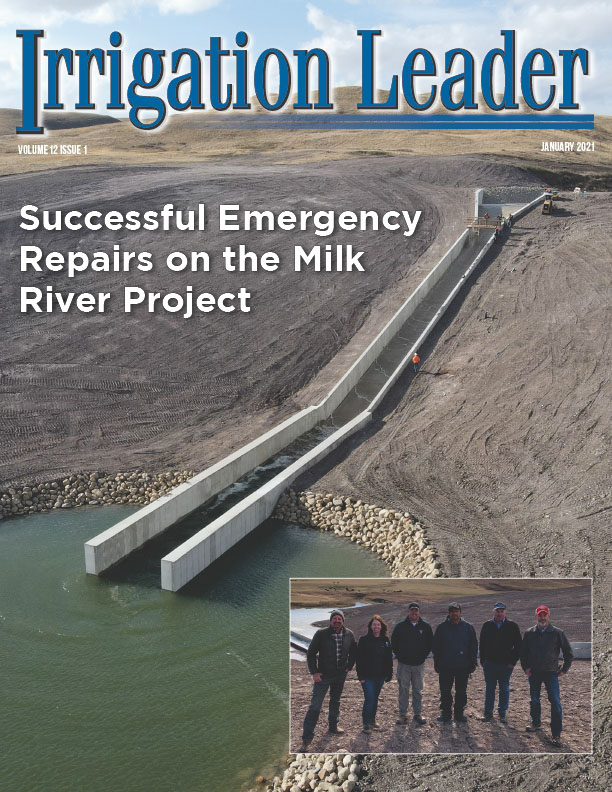
Celebrating the Drop 5 Ribbon Cutting The May 2020 failure of the drop 5 structure in the St. Mary Unit of Montana’s Milk River Project was a catastrophic event. “To me, it looked like a bomb had been placed under the middle section of the drop structure,” said Milk River Joint Board of Control […]
Drought-Resistant Water Supplies for Yakima
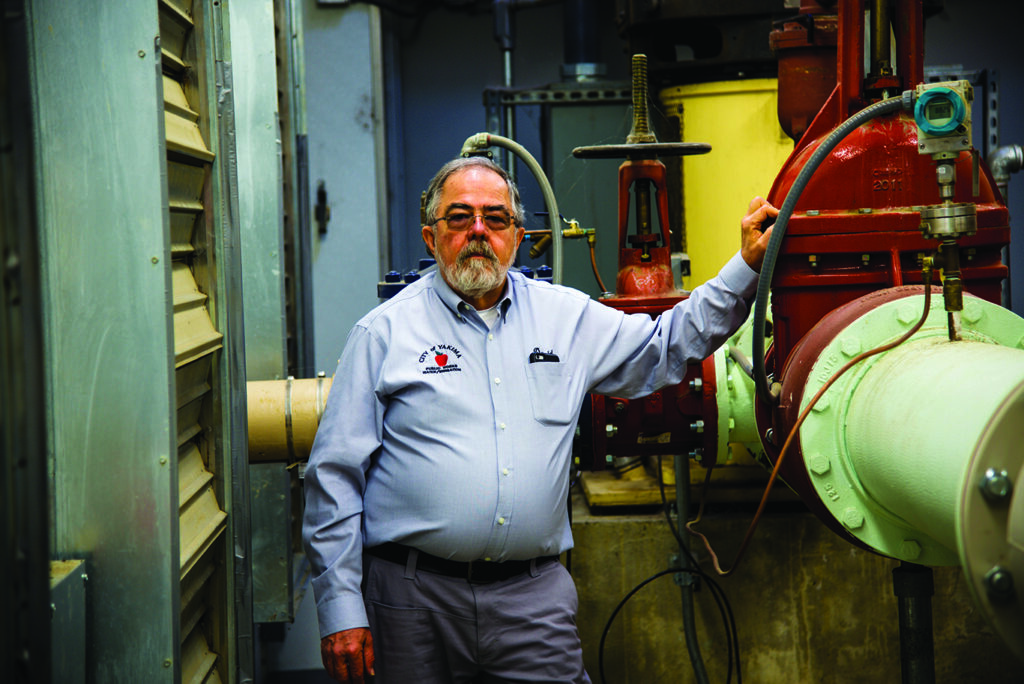
The City of Yakima’s Water/Irrigation Division provides drinking water and urban irrigation services to around 70,000 urban drinking water users and around 30,000 urban irrigation users. Currently dependent on water from snowpack, the city is implementing aquifer storage and recovery (ASR) strategies as climate change shifts winter precipitation toward rain instead of snow. The city […]
Volume 10 Issue 4 April Washington Edition 2019
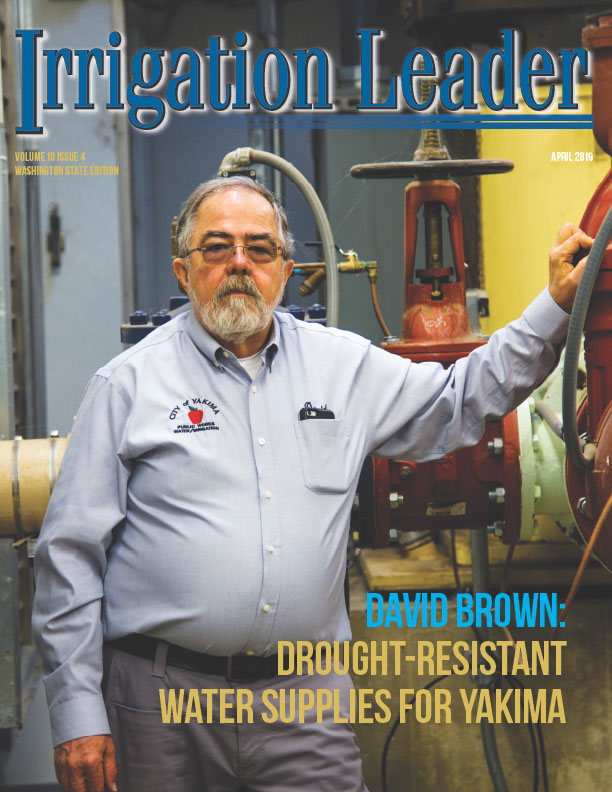
D avid Brown of the City of Yakima’s Water/Irrigation Division knows that straightforward improvements can have dramatic results. In 1998, the city replaced 32 miles of wood-stave pipes with PVC and polyethylene and, in so doing, reduced its diversion from 23 cubic feet per second to 9. Today, the division is taking the same […]
Pisco Grapes: Part of Chile’s Historical, Cultural, and Economic Heritage
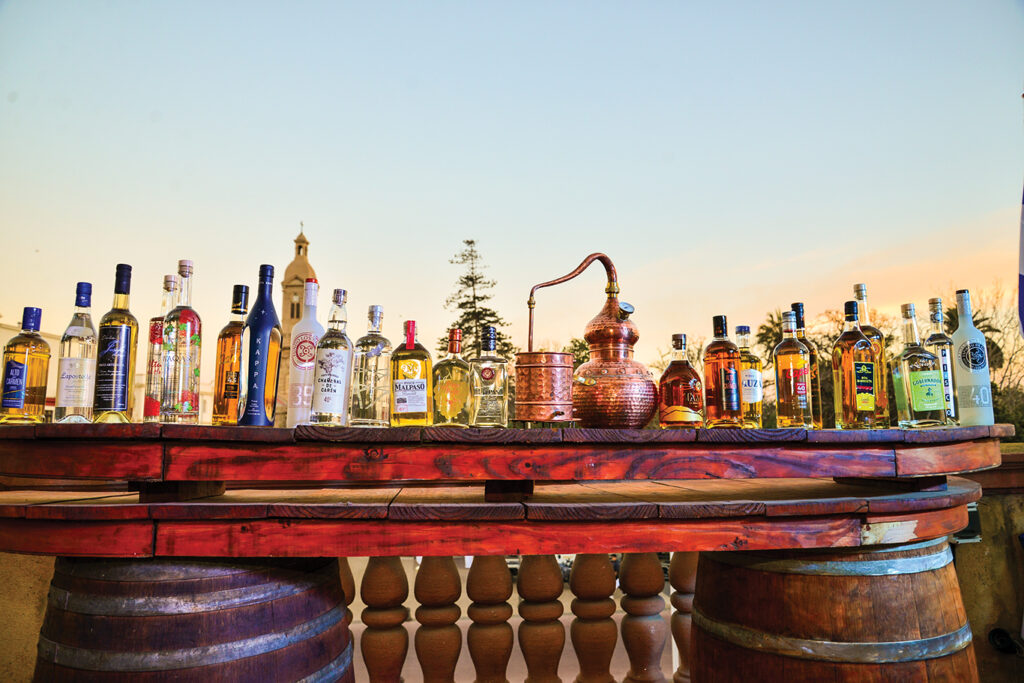
T he City of Yakima’s Water/Irrigation Division provides drinking water and urban irrigation services to around 70,000 urban drinking water users and around 30,000 urban irrigation users. Currently dependent on water from snowpack, the city is implementing aquifer storage and recovery (ASR) strategies as climate change shifts winter precipitation toward rain instead of snow. The […]
Managing Water in Chile: The National Irrigation Commission

T he National Irrigation Commission (Comisión Nacional de Riego, CNR) is the government agency charged with supporting irrigated agriculture and funding irrigation projects in the nation of Chile, giving it a role similar to the Bureau of Reclamation in the United States. Having suffered serious droughts for the last decade, Chile is working hard to […]
Irrigation in the Elqui Valley
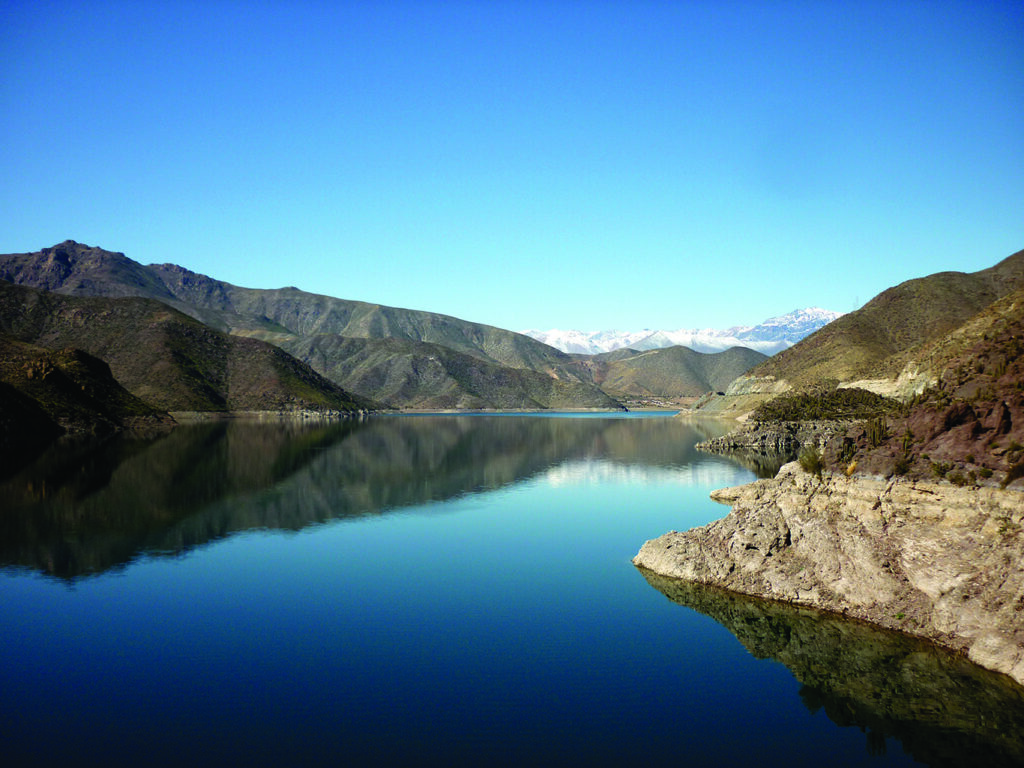
T he Elqui River and Tributaries Board of Control (Junta de Vigilancia del Río Elqui y sus Afluentes, JVRE), administers 121 irrigation canals in Elqui Province in north-central Chile. This productive area produces grapes, citrus fruits, avocados, and vegetables for export around the world. The JVRE’s formal history goes back to the 1930s, but some […]
